
Hole #1
The longest hole on the course, the tee shot on this straightaway par 5 should be played to the cart path-outlined hillside seen from the tee. Avoid the left, as out of bounds runs the length of the hole. The green slopes slightly from back to front, and from right to left. Approach shots over the green are likely to end up out of bounds.
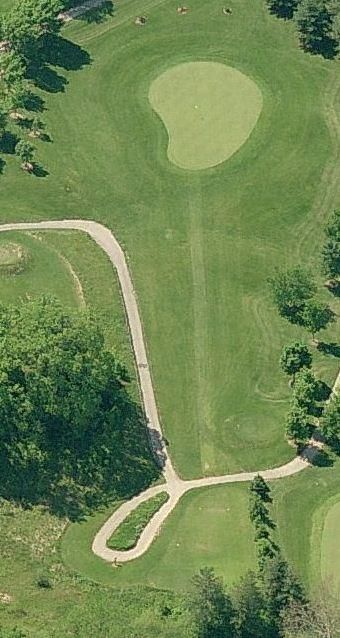
Hole #2
This par 3 almost always plays a half club longer than the player expects. Keep your shot left of center to avoid a steep slope into the trees. The large green slopes gently from back to front.

Hole #3
This par 4 can be played one of two ways. Long hitters should play slightly right of the trio of trees at the end of the fairway, or risk having an obstructed approach. An iron or hybrid can also be played to the flat part of the fairway, leaving a short iron or wedge into the green. Deep approach shots may end up in the small, hidden lake behind the green. This green runs from back right to front left.

Hole #4
Play your tee shot over the hill, as this par 4 is as straight as they come. Avoid a small bunker at the top of the hill, just right of the fairway. This small green slopes decidedly from back to front.
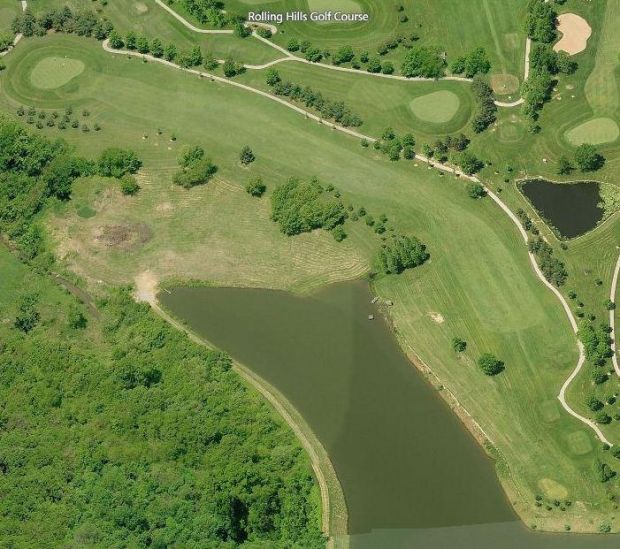
Hole #5
A good tee ball is played just right of the group of pines left of the fairway. Long hitters can play over the pines and reach the top of the hill, and potentially the green, in two shots. A strong drive may leave a mid to long iron into the green. Green slopes gradually from back to front.
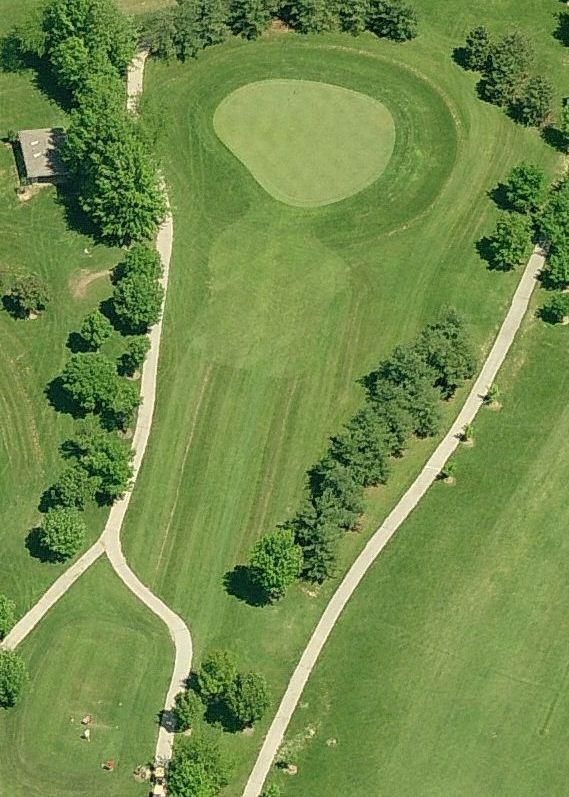
Hole #6
A good birdie chance, this par 3 green slopes gently from back to front, and ever-so-slightly from right to left. Don’t forget the rule about putts breaking toward the water, as there is a sizeable lake left of the green.
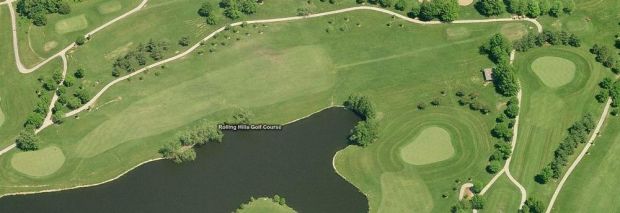
Hole #7
Keep your tee shot middle-right as the fairway slopes right to left toward the lake looming on the other side of the willow. The back to front running green is protected by a tree on the right.

Hole #8
The “dam tees” may provide both a label for errant tee shots, and an opportunity for longer hitters to putt for eagle. This otherwise short par 4 should likely be played with an iron or hybrid to the fairway to set up a short iron into the green. Again, this elevated green provides a backstop with a gentle slope from back to front.
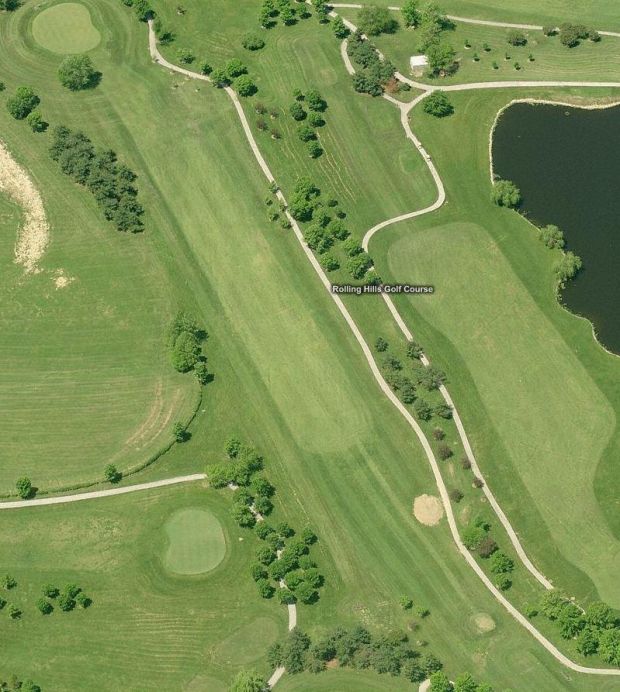
Hole #9
The longest par 4 on the course is also home to the most difficult tee shot. Almost always into the wind, the players tee ball must thread the needle between O.B. on the left and trees on the right. Making things more difficult, a tree on the front left of the green necessitates a tee ball to the middle-right of the fairway. Misses right of the green will leave a difficult up and down. The large green is relatively flat but contains plenty of subtle undulations. It’s best to give it a firm stroke at the center of the cup, and hopefully walk away with a very good par.
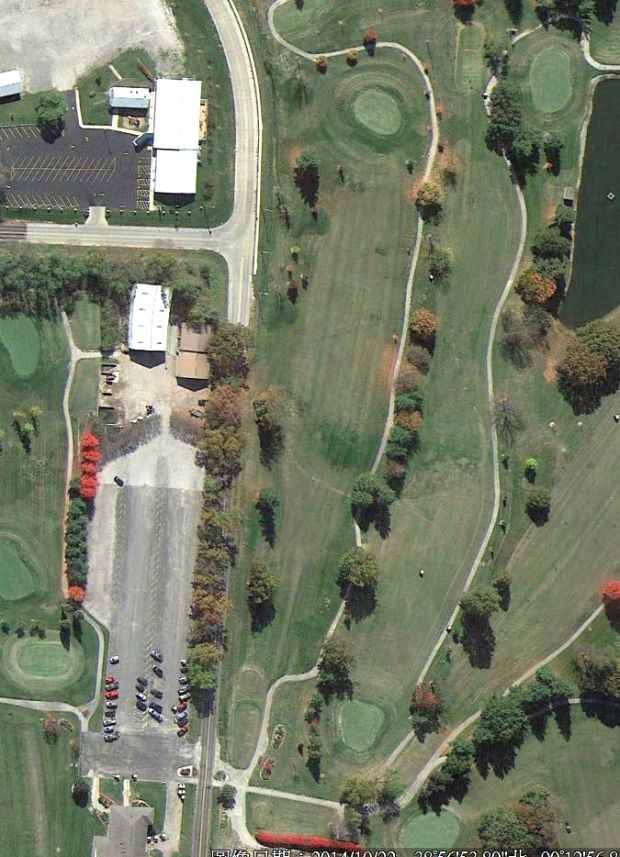
Hole #10
Bombs away here. Play your tee ball down the right side, and be prepared for an always-tricky lie for your second shot. O.B. lurks down the road on the left. Don’t go long, because the up-and-down is one of the toughest on the course. The elevated green is flat with a very subtle ridge running across the middle.
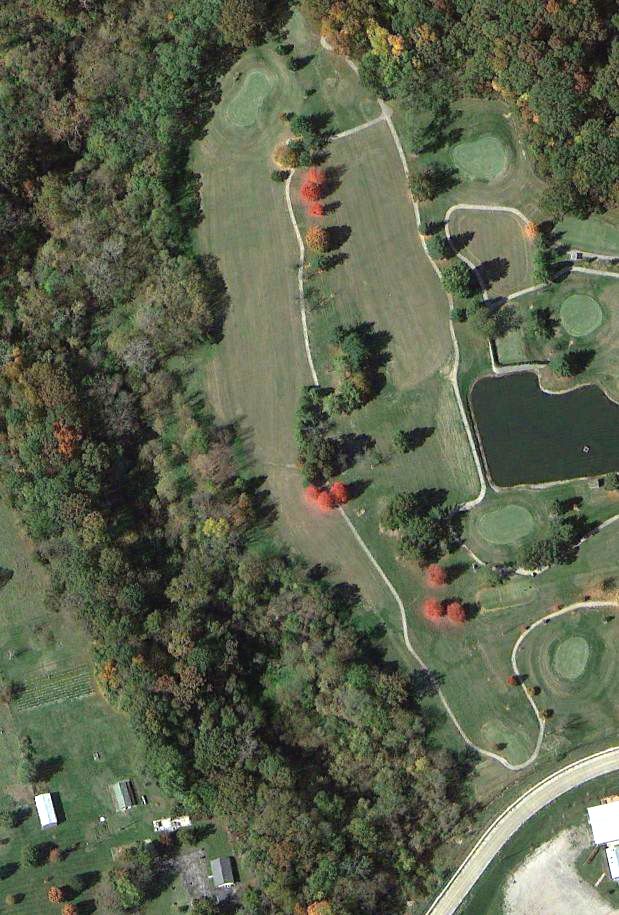
Hole #11
This very short par-5 is, well, interesting. A long, high cut over the tallest tree on the right is ideal, but most players should hit an iron to the fairway straight ahead. The uphill fairway slopes from right to left, and O.B. runs the length of the left side of the hole. The trickiness doesn’t end on what is likely the most difficult green on the course. Putts will feed from back right to front left (and easily off the green if given too much pace in the summer).

Hole #12
There’s no alternative shot here. Play a mid to long iron down the middle of the fairway, and set up a short iron into the green. Putts will break toward the water and toward the front right of this difficult green. Despite its length, par is a good score here.

Hole #13
This par-4 bends gently to the right, so a shot that works left to right is ideal. A valley is located where most players’ shots will land, so it’s best to keep shots to the left side of the fairway. This tiny green slopes from back left to front right and will spit timid approaches off the surface and down the hill in front of the green.
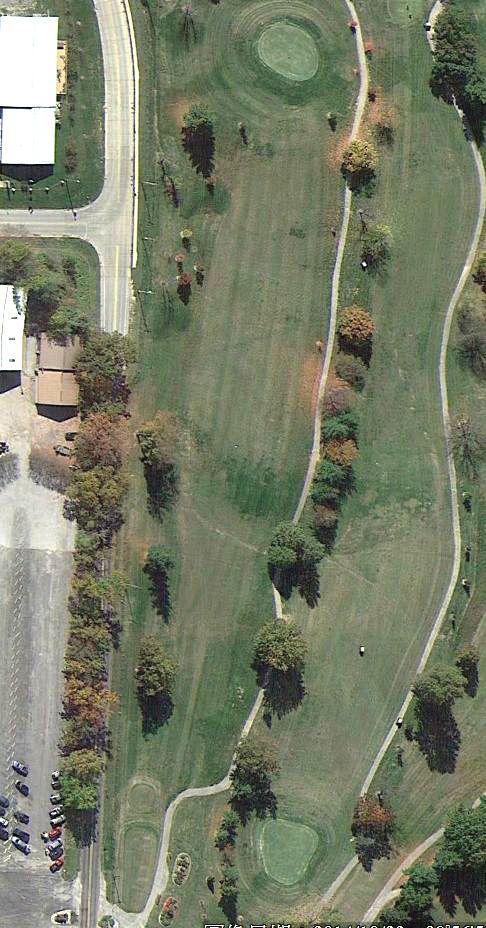
Hole #14
This par-4 offers a break from all the craftiness required of the past few holes. Pick your favorite yardage and hit a tee ball that gets you there. The green feeds off the front and left so be smart on the approach. Here’s a good chance for birdie.

Hole #15
A perfect example of length not being a determining factor of a hole’s difficulty. A short-iron or wedge for most everyone, this par-3 has a large, very tough green with a pronounced ridge in the middle left. Dial in your yardage here, because long is O.B.
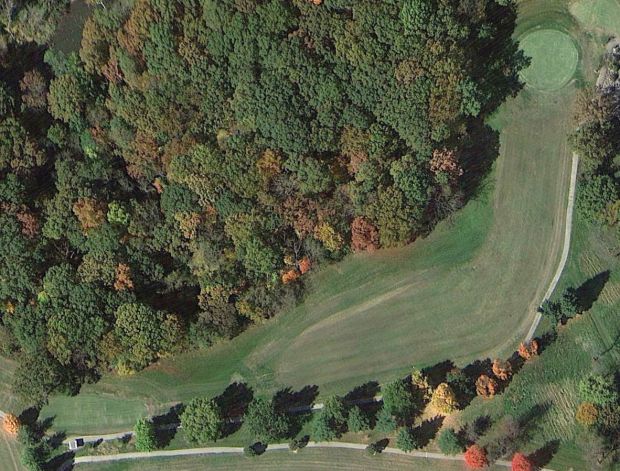
Hole #16
Get used to the “Pole Rule,” as lined out on the sign near the tee. An adventurous player can take a driver or fairway along the tree line on the left, but keep in mind that O.B. lurks. Most players should play a long-iron or hybrid to the fat part of the fairway and set up a straightforward approach. The green appears flat but look closely before you pick your line.
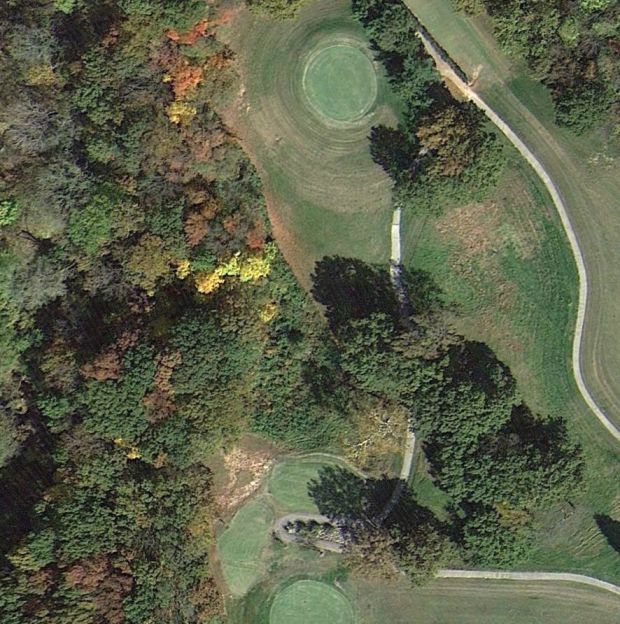
Hole #17
The longest par-3 on the course features a green that slopes from back to front more and more severely as you approach the front of the green. A shot below the hole is always your best chance for birdie, or even par when the surface firms up.
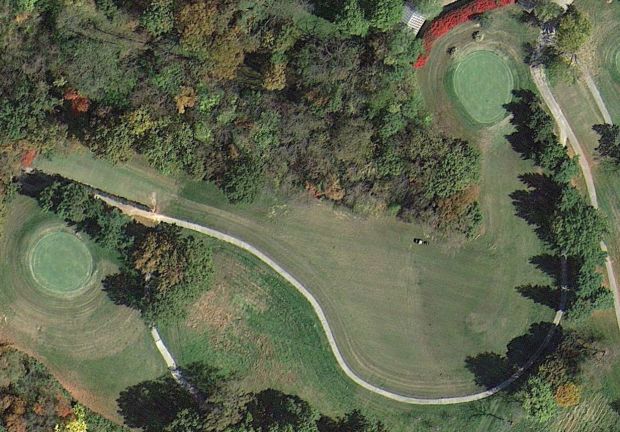
Hole #18
Granted this hole is quirky, but don’t overcomplicate things. Be mindful of the “Pole Rule” again, and don’t try to be a hero. A long to mid-iron shot well right of the tree line will lead to a short-iron or wedge over the trees. Play to the middle of this right-to-left green and be content with a closing par.